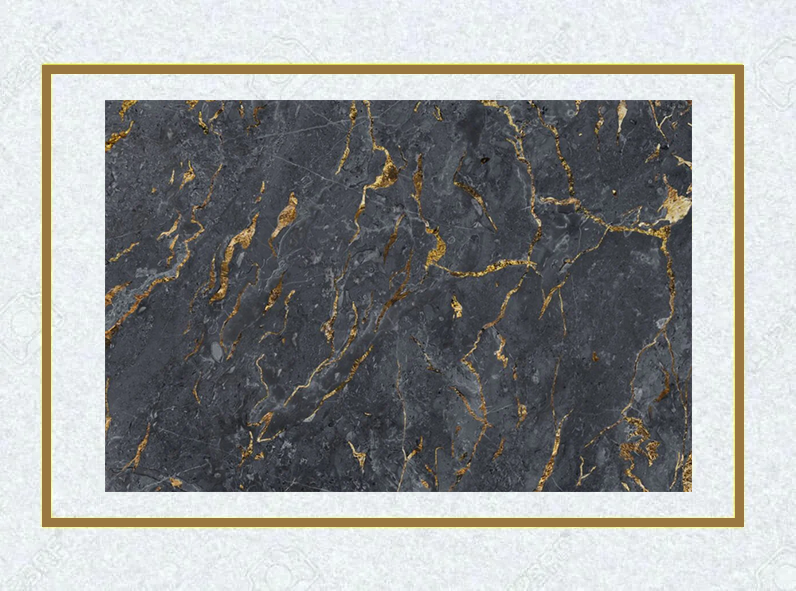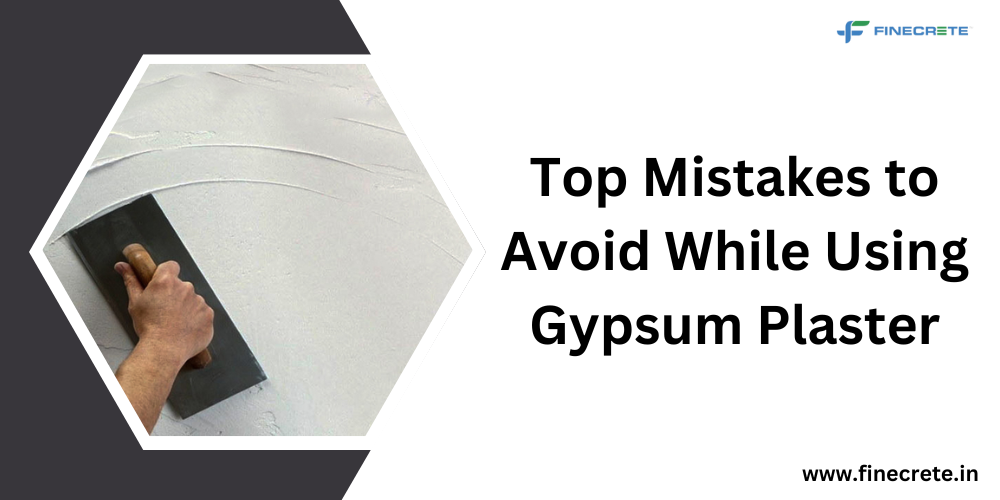If you are like most homeowners, you probably have a few projects in your future that require gypsum plaster. Gypsum plaster is a versatile material that is used to build walls and ceilings. It is also a popular option for home renovations, and you can find it commonly being used these days.
Gypsum plaster is made by gypsum plaster manufacturers in Chandigarh from two concrete-like materials called Portland cement and gypsum. Portland cement forms the matrix while gypsum helps bind the parts together. The finished product looks like drywall, but it is much stronger and can be painted or finished with other materials. When mixed with water, gypsum plaster hardens into a smooth, durable surface that is easy to work with. It can be used to create a variety of finishes, from smooth and polished to textured and rustic.
What are the Top Mistakes to Avoid When Trying to Use Gypsum Plaster?
When using gypsum plaster for construction, you need to be aware of some basic tips that will help make the process easier and improve the final product. Here are seven mistakes to avoid when trying to use gypsum plaster:
- Not mixing the correct proportion of Portland cement and gypsum. This mistake can cause cracks in the plaster and later on, in the concrete that was used to frame the walls or ceilings.
- Failing to properly mix water and gypsum prior to applying it to the project surface. This can cause streaks or lumpy textures in the plaster, which may not look very good when finished. The two things must be mixed properly, in the correct ratio, so as to be assured of the strength and stability of your construction structure.
- Choosing an incorrect type of gypsum plaster. There are several different types of gypsum plasters, each with its own specific characteristics and strengths. Make sure you choose one that is appropriate for your project requirements.
- Using too much water when applying the plaster. Too much water can cause soft spots in the finished product, which can be fixed with additional coats of paint or cement-like materials but can also lead to leaks and damage over time. It is important that you always order from top gypsum plaster suppliers in Chandigarh, in order to always be assured of the quality.
- Not waiting long enough after applying the mortar between joints before tightening up the screws or nails. This can cause cracks and separation of Gypsum particles during freezing weather conditions.
- Plastering over areas that have been previously damaged by moisture or fire. Overly thick layers of plaster may not adequately seal these areas and allow moisture or smoke (from a fire) into your structure.
Following rigorous construction guidelines when installing gypsum plaster may go a long way in improving your end product. By following these guidelines, you can avoid mistakes and ensure a stable foundation for your new home remodeling project.






